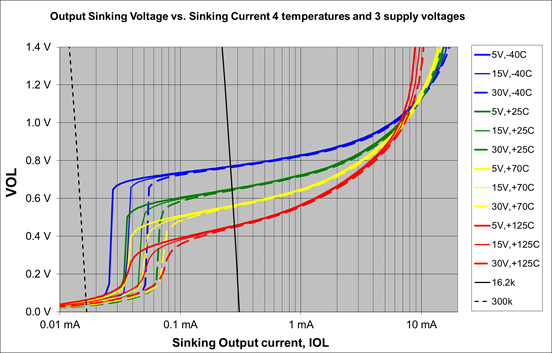Other Parts Discussed in Thread: OPA830,
Hi Team,
Customer used LM124 to build differential amplifier circuit and reported the output is higher than expected. Customer used single power source, and test as below:
(1) Vcm=1.8V,Vid=130mV,Au=4, Vout=603mV;
(2) Vcm=67mV,Vid=134mV,Au=4, Vout=546mV;
Even the (1) with larger error, but while decreased Vid to 0, the Vout still with >500mV and seems related to Vcm.
And the simulated result is quite different from real schematic. could you kindly help on below items:
-
Give comments that under Figure 1 simulated model, reasons for that the bigger difference between the simulation and real schematic.
-
Provide the open loop Gain and phase margin figure for LM124 which datasheet doesn’t include;
More details shown as attached file.LM124 Issue.docx
Best Regards
Benjamin


